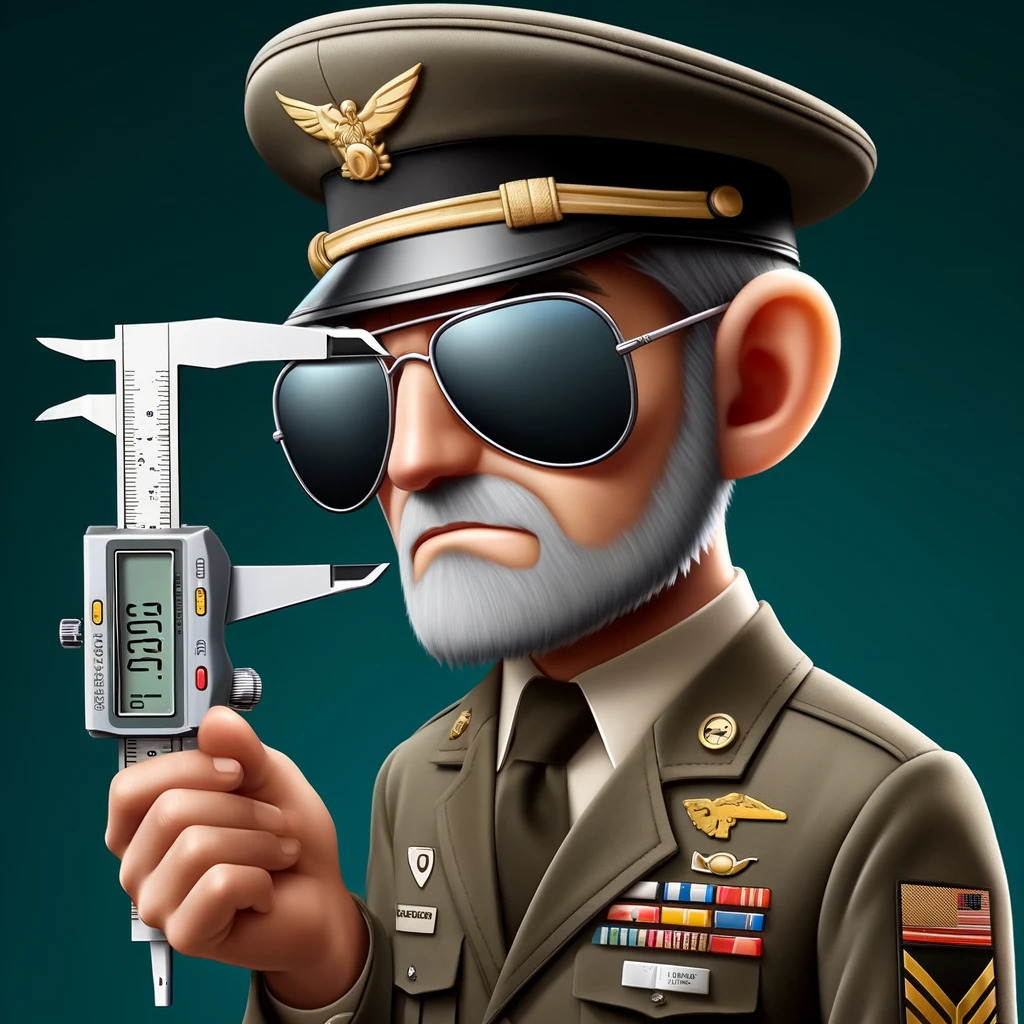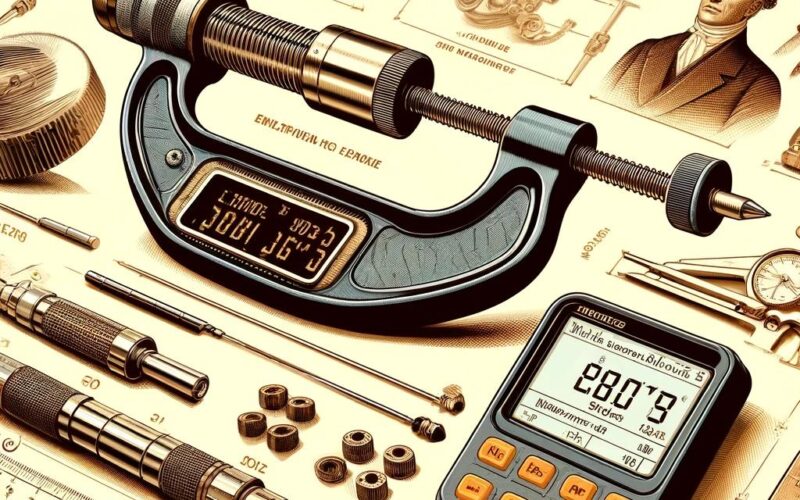The story of the micrometer screw gauge is one of human ingenuity, a testament to our relentless pursuit of precision and understanding. From its rudimentary beginnings to the sophisticated digital devices of today, the micrometer has been instrumental in shaping the modern world.
Origins: Invention and Refinement
The conceptual foundation of the micrometer dates back to the 17th century with William Gascoigne, who introduced the screw principle to improve the precision of telescopic sights. However, it was the 19th century that heralded the birth of the micrometer screw gauge as an essential tool in precision measurement. Jean Laurent Palmer’s refinement in 1848, known as the Palmer micrometer, introduced a design that would become the prototype for future developments.
The Micrometer in the United States
The American System of Manufacturing was a set of manufacturing methods that evolved in the 19th century. It combined the extensive use of interchangeable parts and mechanization of production. One of the first items that this system was used for was the manufacture of firearms. Interchangeable parts were only possible with precision machining and measurement.
Other burgeoning industries recognized the indispensable value of precision measurement as well. The Brown & Sharpe Manufacturing Company, under Joseph R. Brown’s guidance, played a pioneering role. In 1867, Brown introduced a micrometer that quickly became a staple in workshops and factories, establishing a new standard for precision.
A Century of Innovation
The 20th century was marked by rapid technological advancements, with the micrometer at the heart of innovation. The two World Wars, in particular, underscored the need for precision in manufacturing. American ingenuity led to several key developments during this period:
- The Introduction of Tungsten Carbide: Recognizing the need for more durable materials, manufacturers began incorporating tungsten carbide in the construction of micrometer anvils and spindles, significantly enhancing wear resistance.
- Digital Revolution: The latter half of the century saw the advent of digital micrometers, which featured electronic displays for easier reading and reduced human error, a leap forward in usability and precision.
- Standardization Efforts: With the proliferation of micrometer types and applications, standardization became crucial. The National Institute of Standards and Technology (NIST) in the United States established rigorous standards for micrometer accuracy, ensuring uniformity and reliability across various fields.

The Micrometer in the 21st Century
Today, the micrometer screw gauge continues to be a cornerstone of precision measurement. Innovations such as laser micrometry and advancements in digital technology have further enhanced its accuracy and functionality. The micrometer remains vital in sectors ranging from aerospace engineering to nanotechnology, embodying the precision required to push the boundaries of innovation.
The Role of the Micrometer in Education and Training
The micrometer’s importance extends beyond industrial applications; it plays a critical role in the education and training of future engineers and scientists. Technical schools and universities across the United States emphasize mastery of the micrometer, underscoring its foundational role in precision measurement and quality control.
A Legacy of Precision
The history of the micrometer screw gauge is a narrative of progress, a reflection of humanity’s unyielding drive to measure, understand, and innovate with greater accuracy. As we advance into the future, the principles embodied in the micrometer’s evolution—innovation, precision, and standardization—continue to guide the development of measurement technologies. The micrometer, in all its forms, remains an enduring symbol of our quest for precision. You can learn more about the micrometer and the American system of manufacturing by visiting the American Precision Museum, in Windsor, VT.
Sources
- “The Micrometer: A History of Precision” – National Museum of American History.
- “Precision Measured: The Journey of the Micrometer” by Dr. Emily Clarke, Journal of Engineering History.
- National Institute of Standards and Technology (NIST) – “Micrometers and Precision Measurement”.

